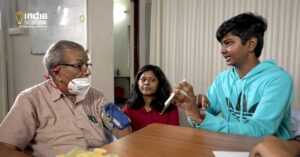A Child Labourer Rescued By Kailash Satyarthi, He’s Now a Lawyer Fighting For Rights of Hundreds
Amar Lal, once a child labourer in Rajasthan, was rescued from a quarry by Nobel laureate Kailash Satyarthi. Having gained an education and purpose, he's now fighting child exploitation as a lawyer.
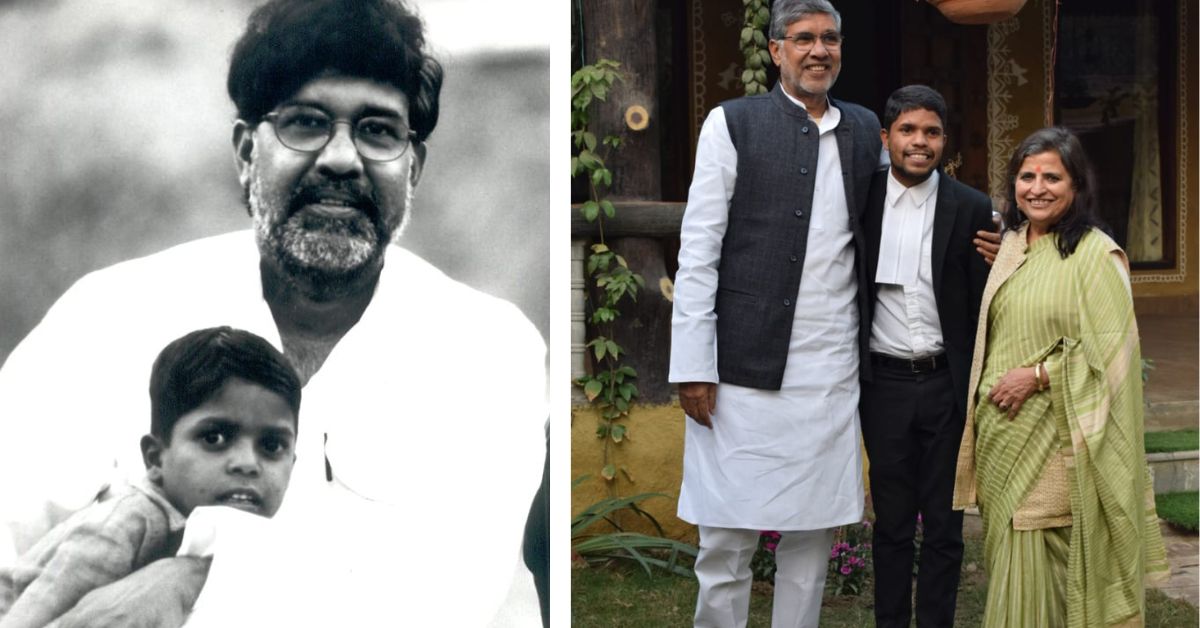
Six-year-old Amar Lal from Rajasthan was never concerned with what year, month, week or day it was. His routine was the same. Every morning the family — hailing from the Banjara nomadic tribe in Rajasthan — would pack their meagre belongings and move from quarry to quarry, where a hard day’s work awaited. As the colours of the sky changed their hue from blue to orange to black, the family would break stones.
Needless to say, school was a distant dream as was permanent housing. But one day in 2001, Lal’s destiny changed when Nobel laureate Kailash Satyarthi paid a visit to the quarry.
The internationally acclaimed child rights activist has been at the vanguard of the global movement to end child slavery and exploitation of children since 1980. His work has turned the eyes of the world on the potential perils of child labour.
As more people sit up and take cognisance of it, many children are given a new lease of life, freed from the shackles of a life they did not choose but were born into. One such child whose life Satyarthi touched is Amar Lal.
As a lawyer who now advocates for child rights, Lal looks back on his journey being filled with miracles he never anticipated. Resilience, he says has been his best friend.
Recalling the fateful day in 2001 when Satyarthi was conducting a rally in his village — an education march part of the ‘Bachpan Bachao Andolan (Save Childhood Movement)’ — Lal says Satyarthi spotted him carrying heavy boulders. A short conversation later, Satyarthi had convinced Lal’s parents that their child was meant for greater things.
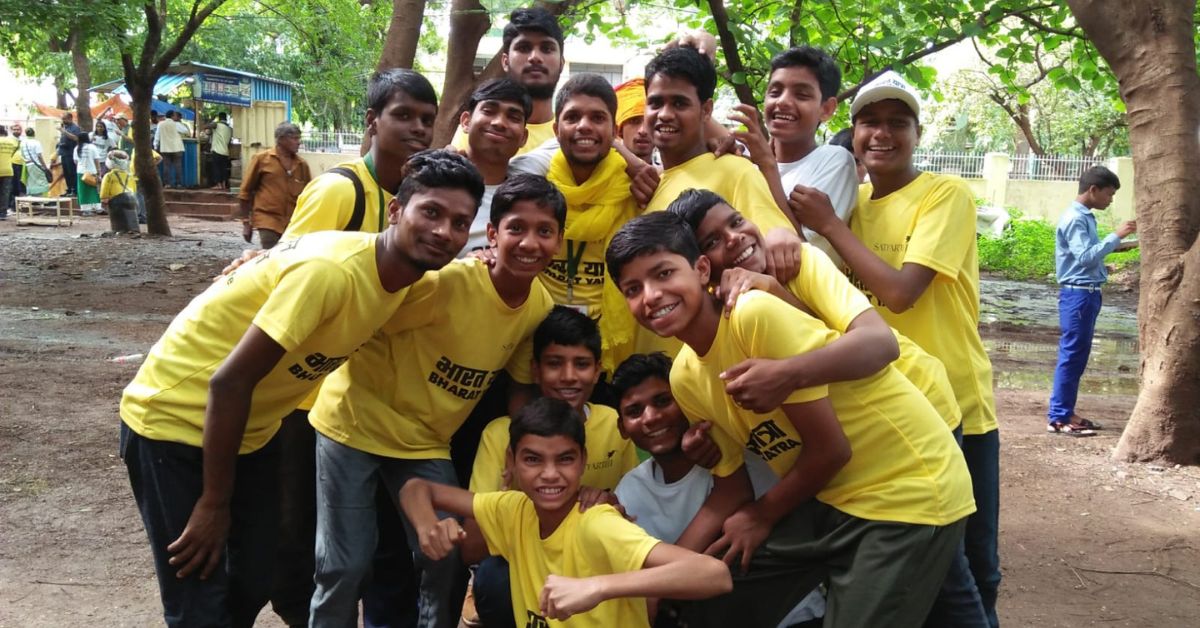
From quarry to Court
“I vividly recall Kailash ji asking my parents whether I went to school. They were perplexed. Not my parents, grandparents or even great-grandparents had ever been to school. A nomadic lifestyle was the only one we knew. Work was all we were taught to do,” the 27-year-old lawyer shares.
His parents were intrigued by this “angel” who had swooped in assuring them that a better world lay outside the confines of this quarry — a world where their children could play, laugh and learn. They decided to trust Satyarthi.
In a matter of days, Lal along with his two elder brothers were enrolled into Satyarthi’s balashram (rehabilitation centre for children) in Jaipur.
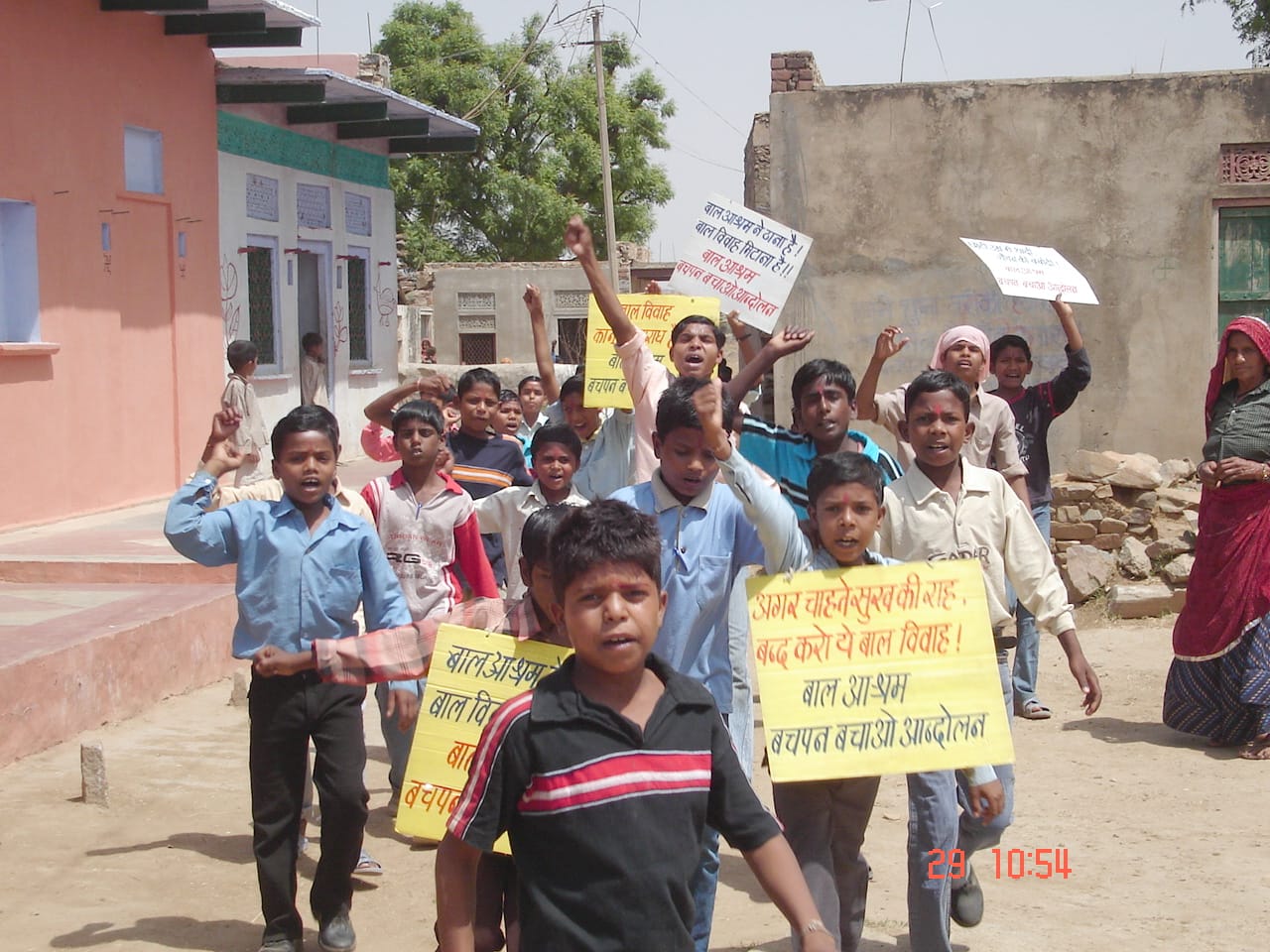
Thus began Lal’s second chapter of life.
At the balashram, he was given non-formal education and trained in various subjects until he was on par with other children his age. While speaking to Lal, it’s almost as if his memories are boxed into two sections — one holding his life before Satyarthi took him under his wing and one after.
“At the quarry, we worked under contractors. We’d move from one place to another. It was a tough life. It was hard work. We lived far from cities, and spent days laying stones on railway tracks, digging telephone lines, and more,” says Lal.
But at the ashram, Lal found friends whose stories made him realise his good fortune. Though his life had been tough, it wasn’t cruel, he concluded. “Almost all the children who were at the ashram with me had been forced into bonded labour. But they had it worse since most of them worked under employers, and not with their families.”
He adds, “At least I had a safe place to return to every night, even while living near the quarries. I was only hurt by stones, never people.”
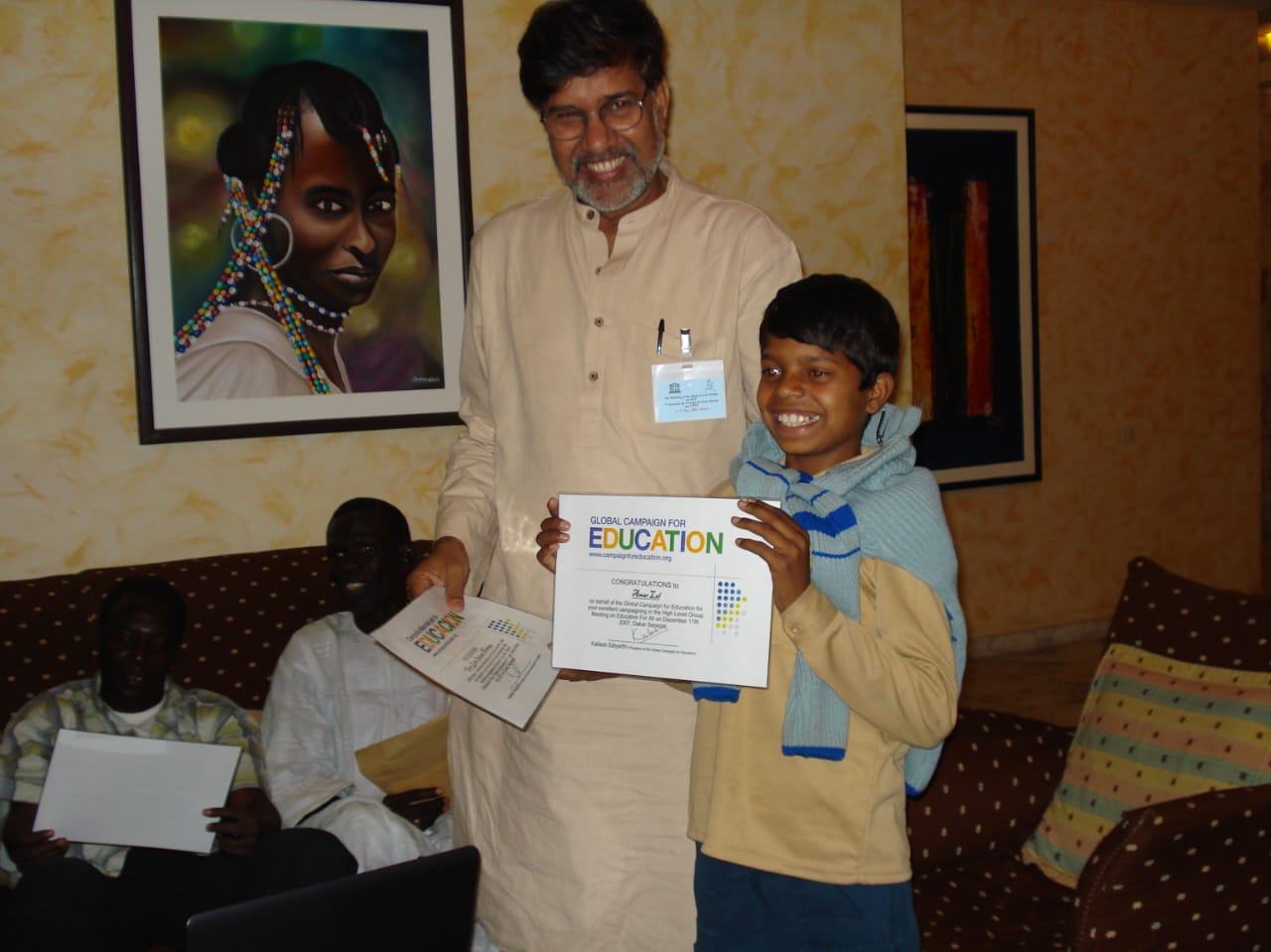
But his peers were not as lucky. “Some of them were trafficked from their families and forced into bonded labour. The scratches on their bodies and burn marks on their hands told stories. I was shocked when I heard how some of their friends would be killed by these ‘employers’ because their feet kept slipping while carrying the stones.”
Lal’s observations point to a larger rampant problem of the evils of child labour, which activists have been beckoning the world to take note of.
The International Labour Organisation defines child labour as “work that deprives children of their childhood, their potential and their dignity” while interfering with a child’s ability to attend and participate in school fully. According to the 2011 census, in India, there are a staggering 10.1 million working children who fall between the ages of five and 14.
Though stalwarts like Kailash Satyarthi are attempting to bring this figure down, it hasn’t been an easy feat. But that said, the electrical engineer turned activist has freed over 83,000 children through his initiative Bachpan Bachao Andolan.
Watching him closely inspired Lal to follow in his footsteps.
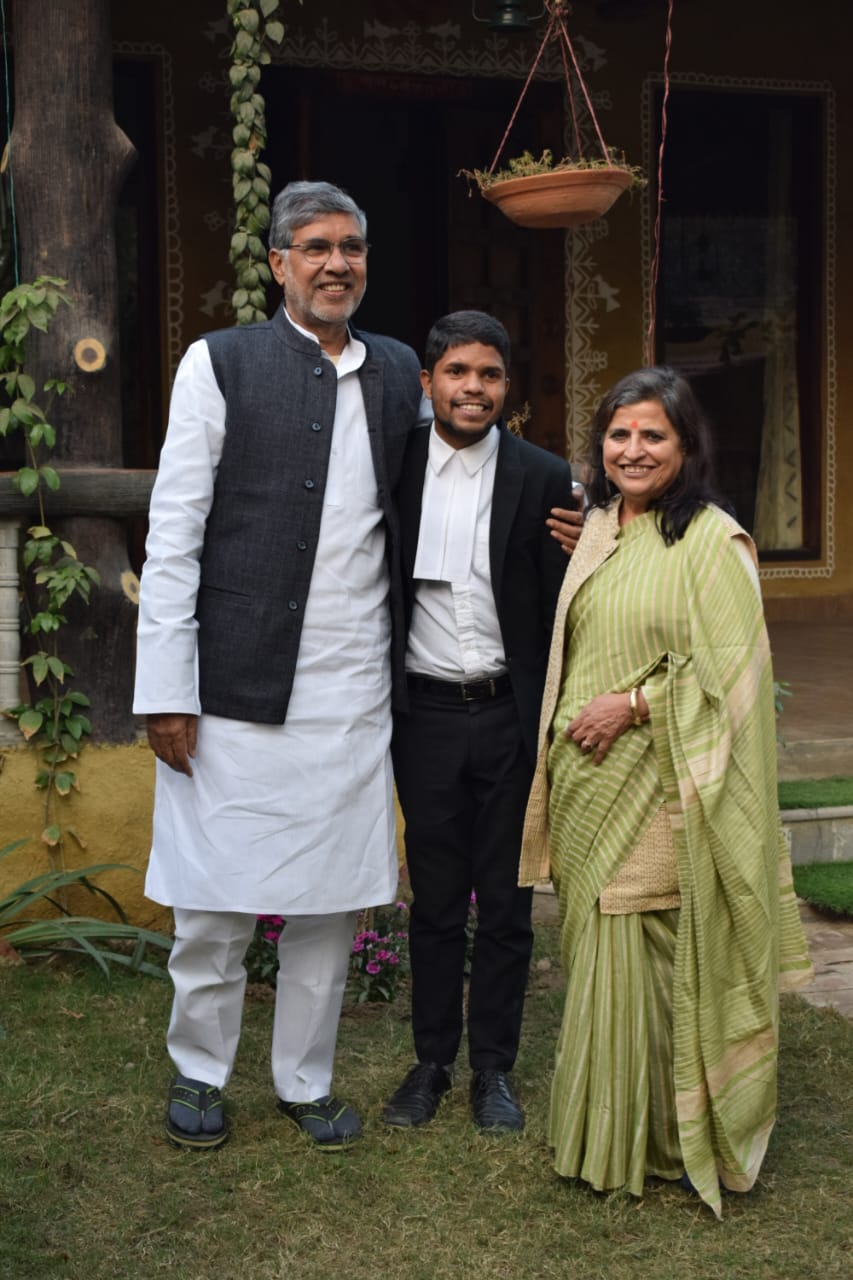
Borrowing inspiration from experience
The years Lal spent at the ashram were some of his best, although meeting his family was a rare treat. “There were no smartphones in those days, so we couldn’t speak every day. Whenever my parents wanted to contact me, they would go to one of the bazaars in Rajasthan and dial the ashram from an STD.”
That said, the education he received laid the foundation for the work he is now engaged in. His childhood had introduced him to the cruelties of the world. But it had also taught him the importance of changemakers.
When faced with a decision after Class 12 as to which line of study to choose, Lal was not confused. He’d always known deep down where his calling lay. There was an unspoken bond he shared with the children, the victims of child labour. They served as a mirror for his own experiences before Satyarthi relieved him of his burdens.
“My education at the ashram taught me that this [child labour] is a serious problem and children around India are subjected to cruelty under the banner of ‘work’. I realised I was one of the luckiest children in the world to be given a chance at a new life. I wanted to give other children the same.”
Since Lal graduated as a lawyer in 2018, he has been working with Satyarthi on cases and rescue operations, and in turn, giving hope to many more children. The gamut of his work involves identifying villages where children don’t go to schools, where child marriage is rampant, and then conducting surveys to assess the socio-economic status of these children.
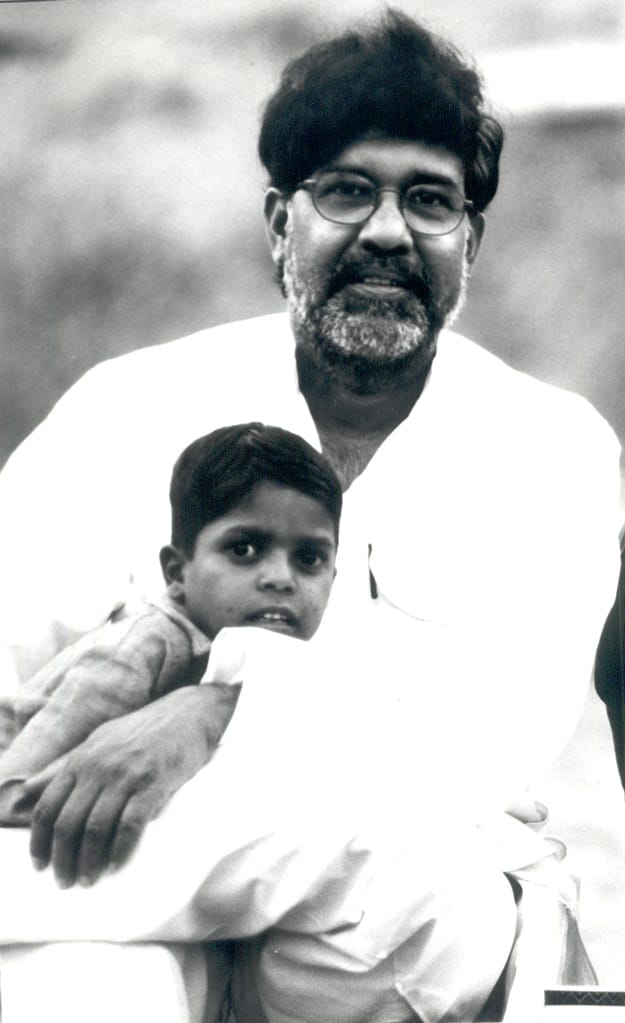
Awareness programmes follow these surveys to encourage the children to understand their rights and bring violations to the notice of the higher authorities. Once these come to light, Lal takes on these cases and defends children wrongly accused of offences, children who are exploited, and victims of rape. He also advocates for the Indian Government to strengthen and enforce policies on children’s rights.
But among the 250-plus cases he has taken up, one will always hold special significance. His first case.
“I was at the Court one day when I came across a family. I thought they were waiting for someone and enquired if I could help. When I heard their story, it shocked me. The 14-year-old girl had been raped and the lawyer that the family had approached had taken her statement. On learning that the rape had been done by a police officer, the lawyer had altered her statement and the officer was on bail.”
Lal decided to file a fresh vakalatnama (a written document submitted by a lawyer before the Court declaring that the client has authorised him to represent them in the legal proceeding) and took up the case. “We re-recorded the statement of the girl, and had the accused sent to jail.”
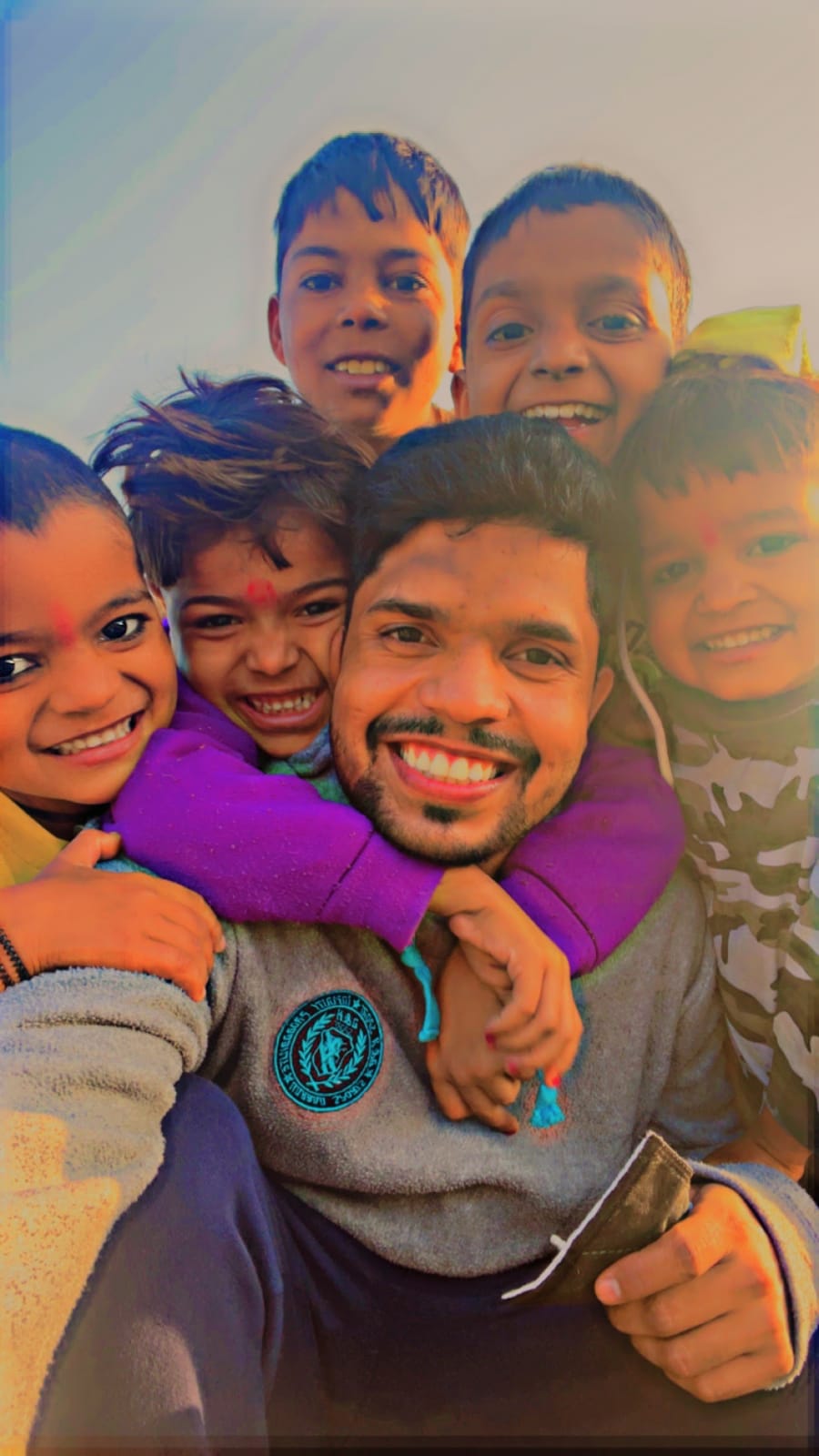
For Lal, especially, being a victim of child labour holds significance. “Other people assume that this is the life I and other kids of labourers were meant to have. But everyone deserves the same opportunities. That is what justice is about,” he says.
He encourages people to speak up when they see anomalies in the system. “Today, there is social media. Everyone knows that children should not be engaged in work. I won’t suggest clicking a picture of a child labourer and posting it online since that is a violation of privacy. But you can make the child’s family aware of it, put an NGO in touch with them, and ask Government authorities to step in.” If you found our stories insightful, informative, or even just enjoyable, we invite you to consider making a voluntary payment to support the work we do at The Better India. Your contribution helps us continue producing quality content that educates, inspires, and drives positive change. Choose one of the payment options below for your contribution- By paying for the stories you value, you directly contribute to sustaining our efforts focused on making a difference in the world. Together, let’s ensure that impactful stories continue to be told and shared, enriching lives and communities alike. Thank you for your support. Here are some frequently asked questions you might find helpful to know why you are contributing?

“The main thing is to speak up,” he adds.
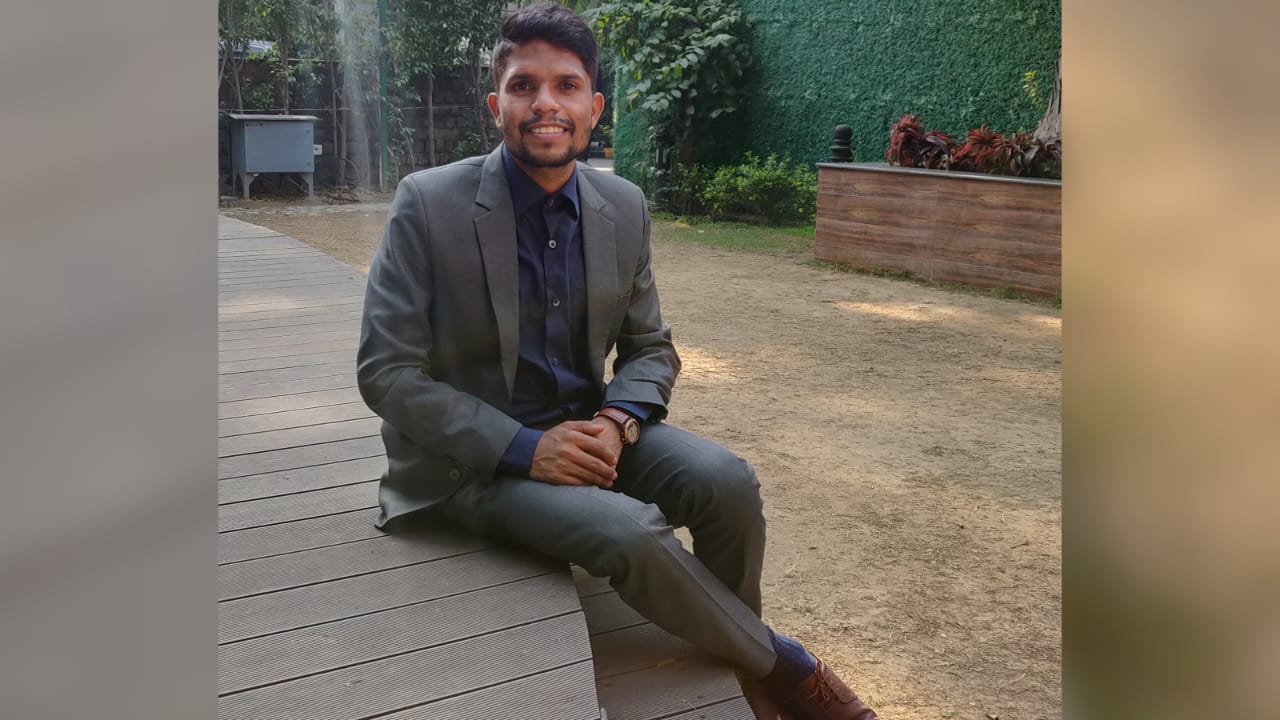
Edited by Pranita Bhat
This story made me
-
97
-
121
-
89
-
167




